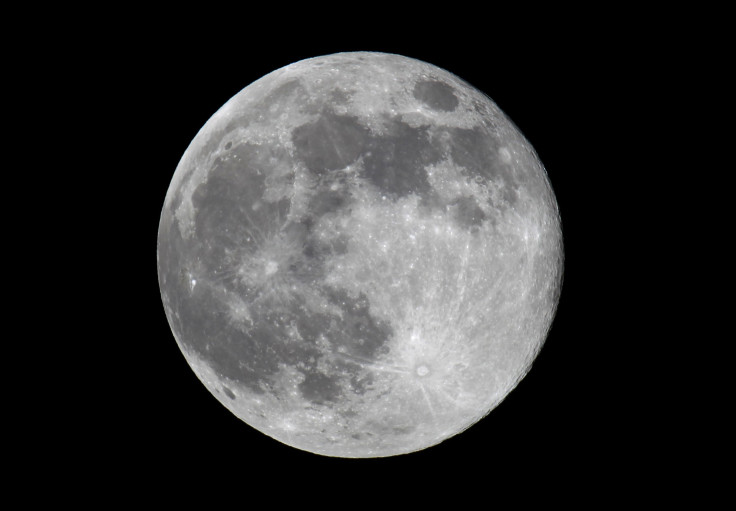Supermoon 2016 Live Stream: How To Watch November's Full Moon, The Biggest And Brightest Since 1948

The Monday night sky will be graced with the supermoon, the biggest and brightest moon since 1948. According to NASA, the moon will not be this close to Earth anytime before 2034.
"The moon’s orbit around Earth is slightly elliptical so sometimes it is closer and sometimes it’s farther away. When the moon is full as it makes its closest pass to Earth it is known as a supermoon," NASA said in a statement.
"At perigree — the point at which the moon is closest to Earth — the moon can be as much as 14 percent closer to Earth than at apogee, when the moon is farthest from our planet. The full moon appears that much larger in diameter and because it is larger shines 30 percent more moonlight onto the Earth," according to the space agency.
When can you watch: For observers in the U.S., the moon will be at its biggest and brightest just before dawn Monday. At 6:22 a.m. EST Monday, the moon will be at its closest orbital approach to Earth. By 8:52 a.m. EST, the moon will be full and appear to be at its largest (at this time, the moon will be "opposite" the sun and it will be moonset in most regions in the U.S.).
NASA assured that if cloudy weather comes in the way of witnessing the supermoon, there will be another chance next month to see the last supermoon of 2016 on Dec. 14.
The November supermoon will be second of the three supermoons in a row this year. The Hunter’s Moon of October reached its full phase at 12:23 a.m. EDT on Oct. 16. The November supermoon is also called the Full Beaver Moon. The next time anyone will be able to see a supermoon like the one that is expected to appear on Monday is on Nov. 25, 2034.
“I’ve been telling people to go out at night on either Sunday or Monday night to see the supermoon,” Noah Petro, deputy project scientist for NASA’s Lunar Reconnaissance Orbiter mission, said in the statement. “The difference in distance from one night to the next will be very subtle, so if it’s cloudy on Sunday, go out on Monday. Any time after sunset should be fine. Since the moon is full, it’ll rise at nearly the same time as sunset, so I’d suggest that you head outside after sunset, or once it’s dark and the moon is a bit higher in the sky. You don’t have to stay up all night to see it, unless you really want to!”
Where to watch: The Slooh Community Observatory will offer a live broadcast for November's full moon Sunday at 8 p.m. EST. You can also watch the supermoon live on Space.com.
© Copyright IBTimes 2025. All rights reserved.





















